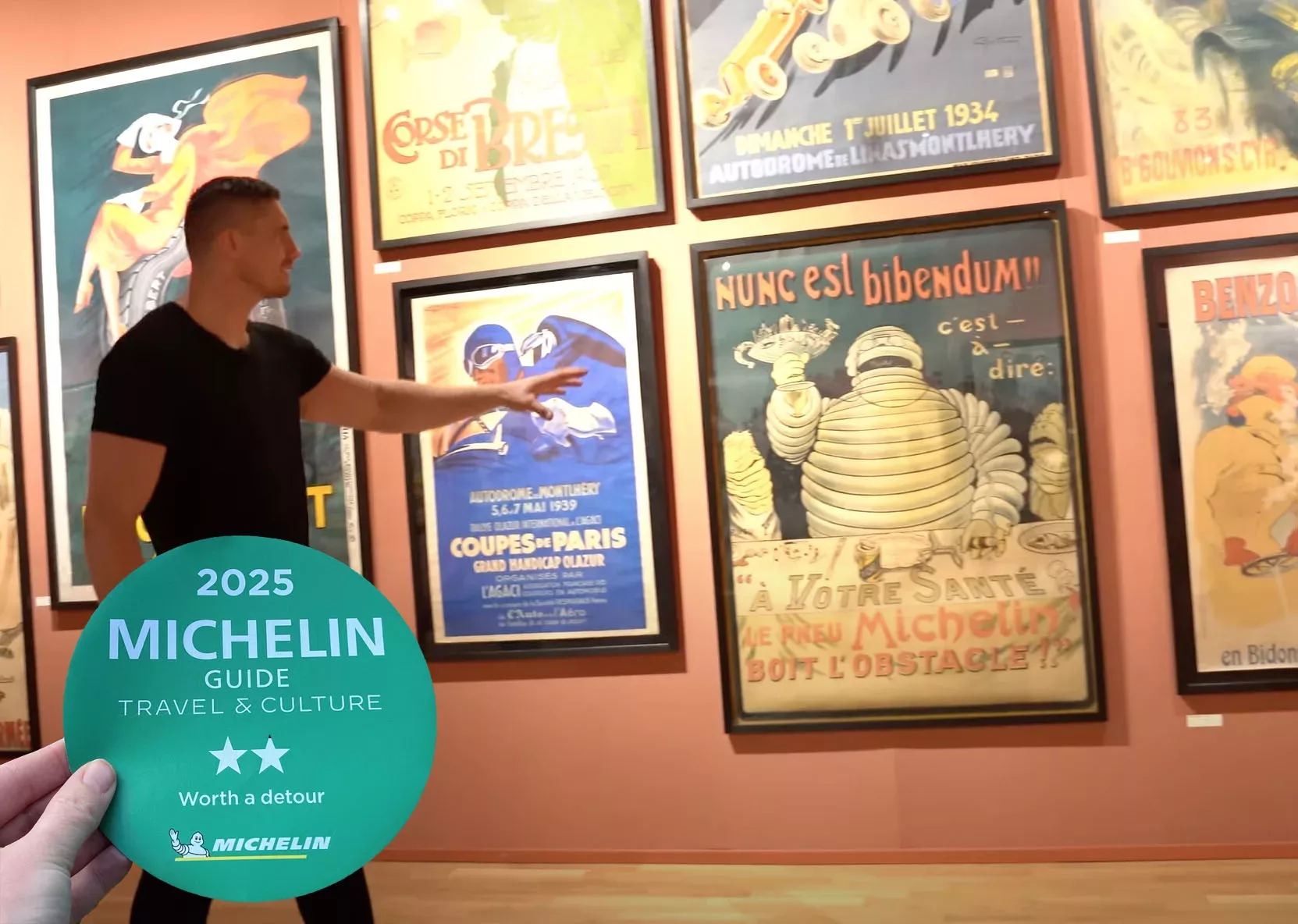Louwman Museum awarded two Michelin stars
Just like restaurants, tourist attractions can also be awarded Michelin stars — one, two or three — as a sign of exceptional quality. The Louwman Museum has now been awarded two stars, which according to Michelin means: worth a detour!
Since 2024, star-rated locations in France, Belgium and the Netherlands receive annual updates on their status. One star (★) means worth a visit, two stars (★★) indicate worth a detour, and three stars (★★★) signal worth a journey. With two stars, the Louwman Museum is now officially worth a detour.
The Michelin Guide was first introduced in 1900 by André and Édouard Michelin, founders of the famous tire brand. Originally created for motorists in France, the guide offered practical information about roads, fuel stations, garages and hotels. Michelin stars were first awarded to restaurants in 1926, starting with one star for a good place to eat. In the 1930s, the second and third stars were added to distinguish between different levels of culinary excellence.
Rare Michelin Art
The Louwman Museum also houses a remarkable collection of Michelin posters, paintings and sculptures — including the oldest known Michelin poster. Created by Marius Rossillon, better known as O’Galop, the artwork features Bibendum (the Michelin Man) raising a glass filled with nails and broken glass: “Nunc est bibendum!” (“Now is the time to drink!”).
His dinner companions, tires ‘Y’ and ‘X’, sit deflated at the table. This first edition from 1898 is unique for its green background and red lettering — the only version of the poster ever printed in these colors. In 1899, Michelin changed its brand colors to blue and yellow, and all subsequent posters followed that palette.

